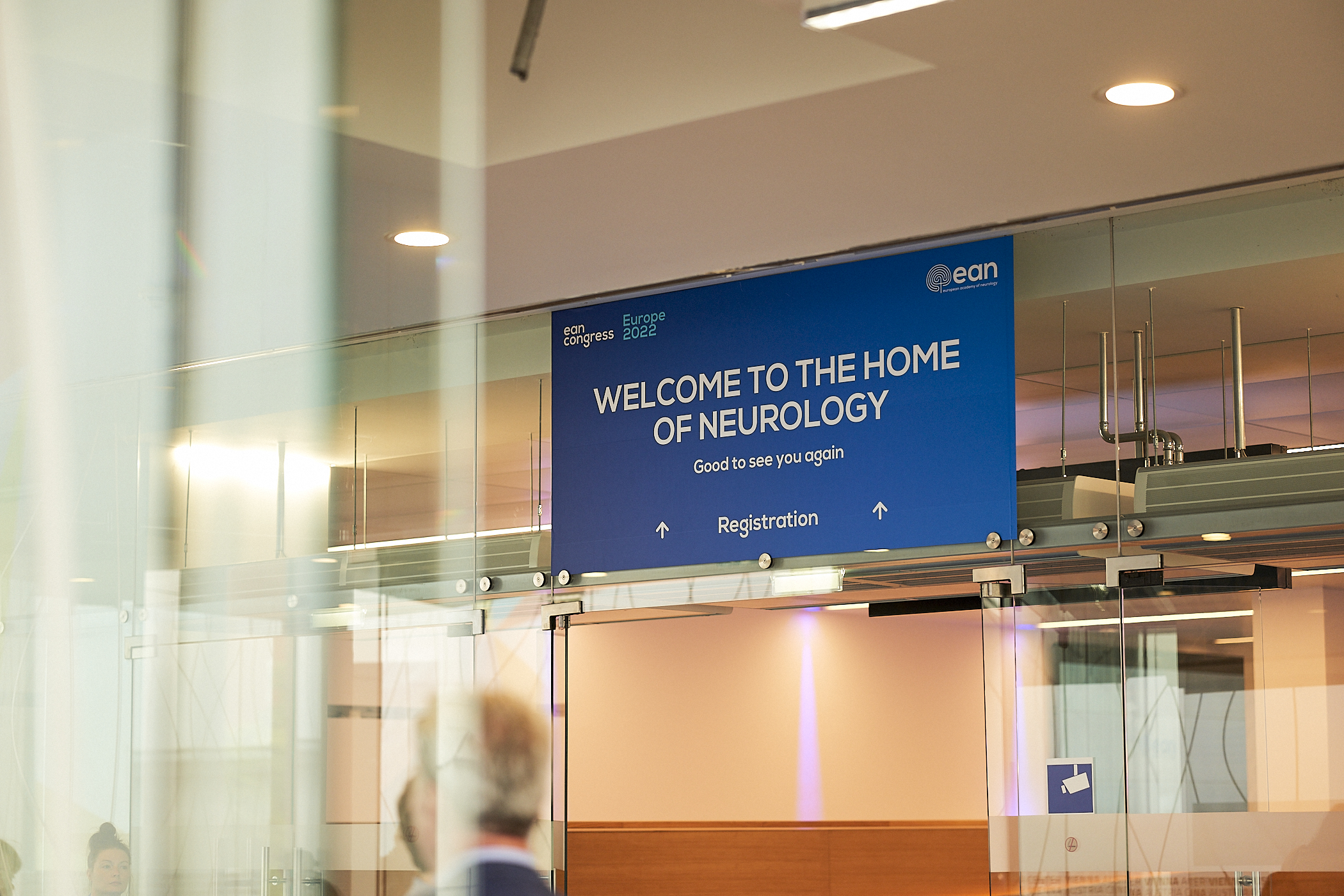Evidence supporting the key role of neuroinflammation in Alzheimer’s disease was presented by Professor Charlotte Teunissen, Amsterdam, the Netherlands, at EAN 2022. She highlighted genome-wide association studies, a study demonstrating a role for both anti- and pro-inflammatory neuroinflammation, and a pathophysiological subtype linked to inflammatory proteins.
A key role for neuroinflammation
Neuroinflammation results in amyloid-beta and tau accumulation and in turn neurodegeneration
Neuroinflammation plays a key role in Alzheimer’s disease, said Professor Teunissen. Age, genes and other risk factors are linked to impairment of the blood–brain barrier (BBB) and oxidative stress, which activate microglia, leading to accumulation of amyloid and tau and neurodegeneration.1
Genome-wide association studies have demonstrated this key role, explained Professor Teunissen. Many AD risk genes, which are clustered into inflammatory response, lipid metabolism, and endocytosis groups, are involved in the immune response.2
Many AD risk genes are involved in the immune response and are highly expressed in microglia
In addition, many AD-associated genes are highly expressed in microglia, added Professor Teunissen. Heat maps depicting relative expression levels of GWAS-identified AD risk genes among central nervous system cell types show increased expression of proteins related to the genes in microglia.3
When does neuroinflammation start to play a role in the disease process?
An early first peak of neuroinflammation is associated with anti-inflammatory microglia
Microglial activation appears to occur very early in the AD process, and increases with severity of AD,4 Professor Teunissen said. Early changes are also seen in familial AD with early abnormalities in cerebrospinal fluid pTau, amyloid-beta 42 (Aβ42)/Aβ40 and chitinase-3-like protein 1 (YKL-40) suggesting that synaptic damage, neuronal injury and neuroinflammation begin soon after the initial brain amyloid accumulation.5
Evidence for a biphasic pattern of inflammation increases the complexity, added Professor Teunissen:
A second later peak of neuroinflammation is associated with proinflammatory microglia
- The first peak is probably an early protective reaction with activation of a neuroprotective phenotype of microglia with the production of anti-inflammatory cytokines (interleukin (IL)-13 and IL-14)
- The second peak is characterized by activation of a proinflammatory phenotype of microglia with the production of pro-inflammatory cytokines (tumor necrosis factor-alpha, IL-1beta, and inducible nitric oxide synthase)6
Role of inflammatory biomarkers in early disease
Cerebrospinal fluid biomarkers can be used for early and differential diagnosis and for identifying patients for trials, said Professor Teunissen. Three pathophysiological subtypes of AD have been identified by proteonomic analysis of CSF:
Three pathophysiological AD subtypes have been identified
- Subtype 1 patients have increased expression of plasticity-related processes
- Subtype 2 is linked to an elevation of inflammatory proteins
- Subtype 3 is associated with BBB dysfunction
Although the biomarkers are aspecific they can be used for stratification, for example patients with an inflammatory phenotype might benefit most from anti-inflammatory treatments, concluded Professor Teunissen. The next step is to validate the subtypes in trials.
This satellite symposium was supported by Novo Nordisk.
Our correspondent’s highlights from the symposium are meant as a fair representation of the scientific content presented. The views and opinions expressed on this page do not necessarily reflect those of Lundbeck.




